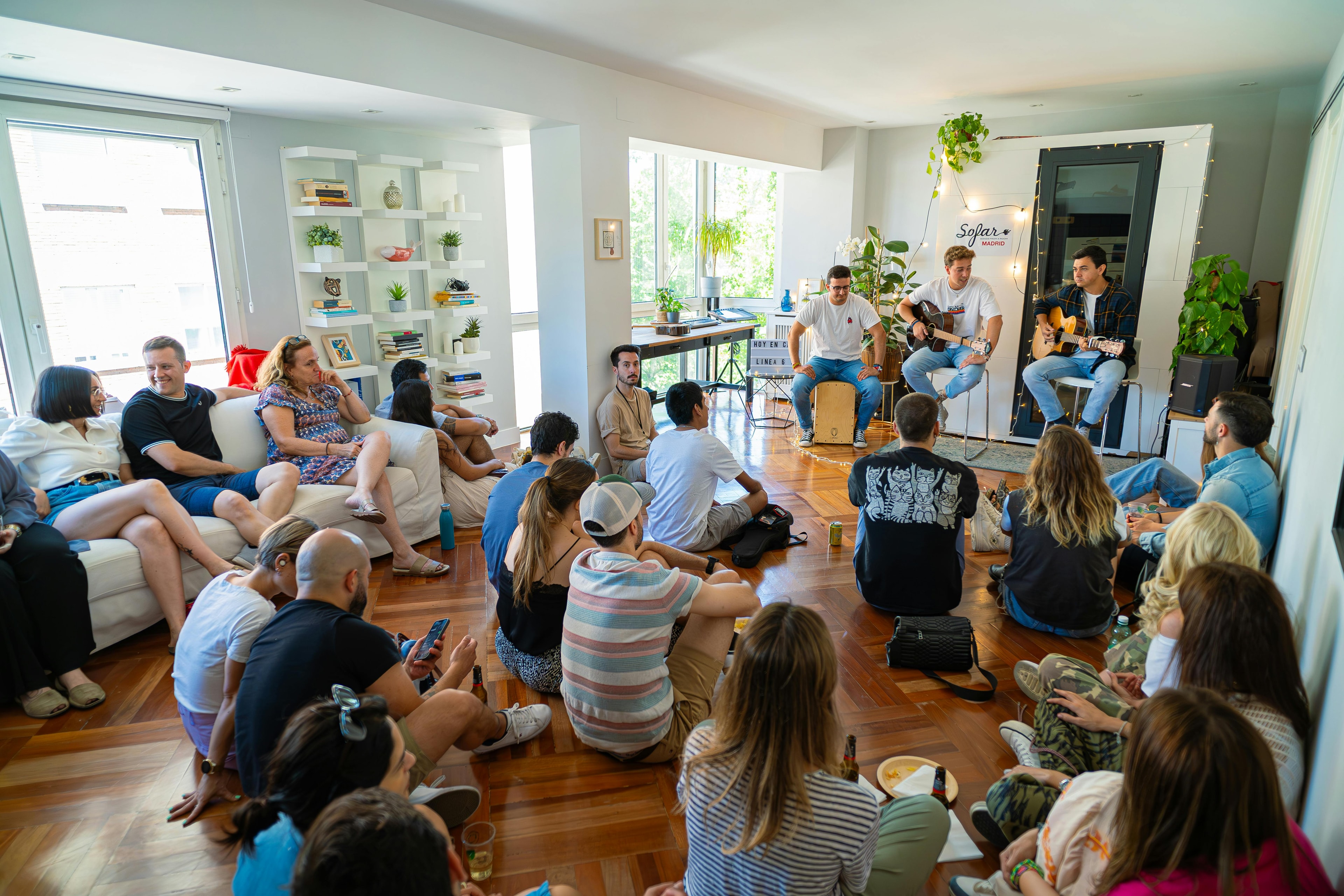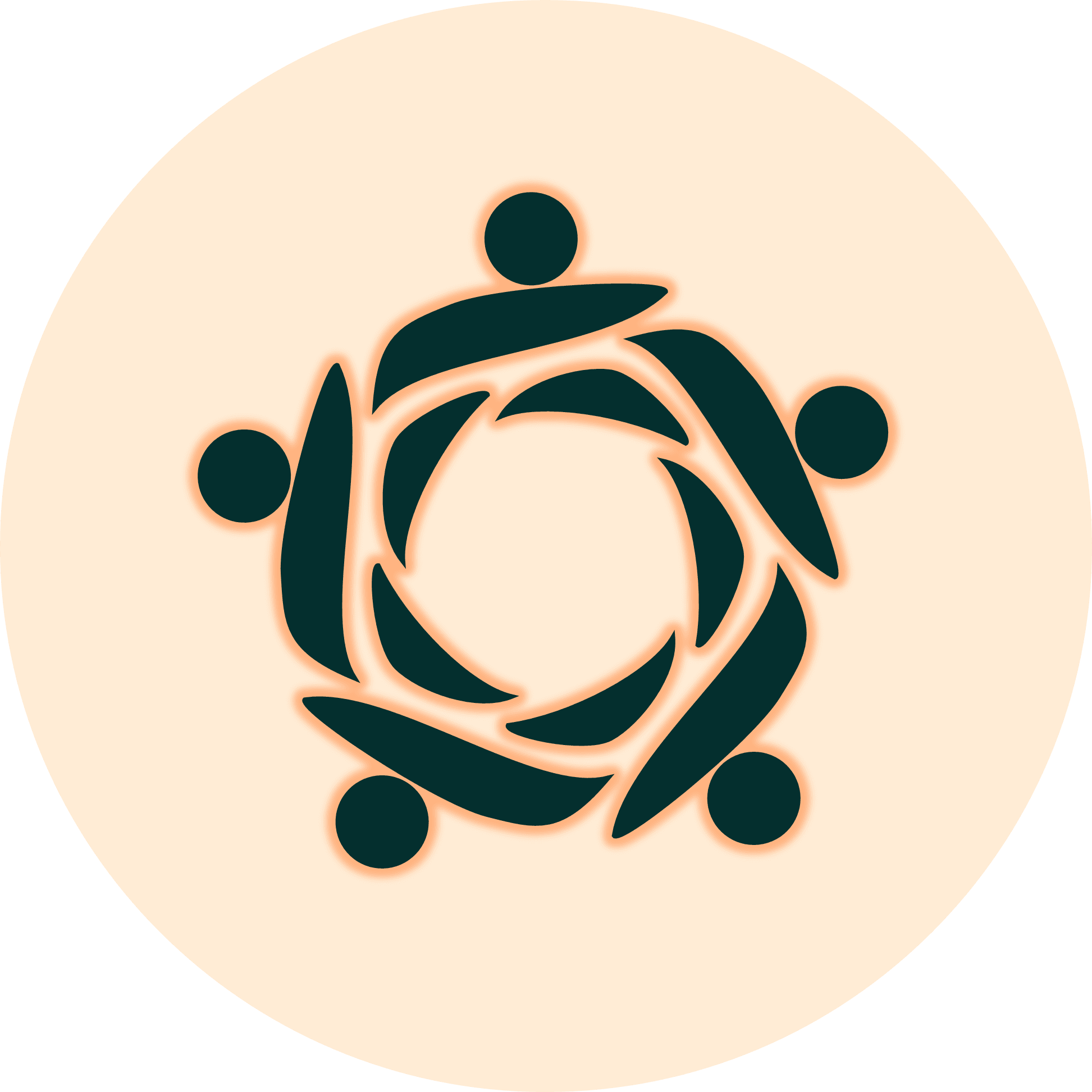Community guideline
Improve accessibility and inclusion for all people
While all human beings need social connection, people in every community can experience barriers to accessibility and inclusion. These barriers can create unique vulnerabilities to loneliness, isolation, and disconnection. Communities must work together to remove these barriers.
- Ensure that all spaces and activities are equitably accessible for all community members.
- Ensure that tailored activities and programs are available for people of different ages, abilities, socioeconomic classes, cultural backgrounds, language groups, and with different social and recreational interests.
- Actively seek to eliminate stigma, discrimination, and violence.
- Advance reconciliation, equity, diversity, and inclusion.



Additional considerations
Accommodating diversity within community programming is essential for fostering a truly inclusive environment where all individuals feel valued and able to participate. Programs need to cater to specific subcommunities while also creating opportunities to bring together diverse groups, promoting unity and mutual understanding. Below are some examples of key populations and how they can be accommodated:
- People with disabilities might require specialized programs that address their specific needs, such as adaptive sports or art classes with accessible facilities and equipment. Providing these tailored activities ensures that individuals with disabilities can engage in social and recreational activities in a way that respects their circumstances and enhances their participation.
- Ethnic and cultural groups also benefit from programs that respect and celebrate their unique heritage. For example, hosting cultural festivals that showcase different traditions, foods, and music allows these communities to share their culture with others, enriching the broader community's experience and understanding. Such events also provide a platform for minority groups to express their identities and foster a sense of pride and belonging.
- Socioeconomic diversity must also be considered in community programming. Offering a range of free or low-cost activities ensures that individuals from all economic backgrounds can participate. This might include community potlucks, free concert series in the park, low-cost or no-cost publication, and no-cost workshops and classes that cater to a variety of interests and abilities.
- Addressing the needs and preferences of different age groups is another key aspect. For younger populations, programs might focus on interactive and energetic activities like team sports or technology clubs, while older adults might prefer quieter, more social gatherings such as book clubs or walking groups. Programming that encourages intergenerational interaction, such as mentorship programs or community gardening projects, can also be incredibly beneficial, allowing different age groups to learn from each other and build relationships.
- The diversity of interests and lifestyles within a community should also be acknowledged. Some individuals may prefer engaging in the arts, others in sports, while some might enjoy attending large social gatherings like raves or symphonies. Ensuring that community programming is varied and reflects the broad spectrum of interests helps all community members find something that resonates with them, whether through private, for-profit programming or public events.
- Language diversity, including support for Indigenous languages, is critical. Programs should provide language support where needed, such as offering translations or hosting events specifically designed to celebrate and promote linguistic diversity. This not only helps in preserving cultural heritage but also ensures that language barriers do not prevent individuals from participating fully in community life.
Ultimately, events and programs that not only accommodate but celebrate diversity put inclusion at the forefront. Such celebration not only respects the unique attributes of each individual and group but also showcases the strength and vibrancy that diversity brings to the community. By actively promoting inclusivity and tailoring programming to meet the varied needs of its members, a community can create a supportive and dynamic environment where everyone thrives.
Additional resources

The Truth and Reconciliation Commission's 94 Calls to Action
Recommendations to address the impacts of residential schools and promote healing between Indigenous and non-Indigenous Canadians. Covering areas like education, justice, and health, these actions guide systemic changes to support Indigenous rights and reconciliation.

The Equity, Diversity, and Inclusion Inclusive Language Guide, Second Edition
By the American Psychological Association, provides guidance on using language that promotes equity and inclusion. It addresses harmful terms, offering alternatives to foster respectful communication and understanding across diverse groups.

The BGC Canada Anti-Racism Toolkit
Supports equity and inclusion in BGC Clubs by providing strategies to integrate anti-racist practices into programming. It offers concepts, activities, and guidance to foster understanding and celebrate diversity within communities.

By Egale Canada, explains the importance of using correct pronouns and offers advice on how to respectfully ask for and use them. It helps create inclusive environments, particularly for transgender and non-binary individuals.

The Canadian Centre for Diversity and Inclusion
Provides training, research, and resources to foster inclusive workplaces across Canada. It supports employers in building environments that value diversity, equity, and accessibility through various programs and consulting services.

Advocates for the rights and opportunities of people with intellectual and developmental disabilities in British Columbia, providing support, education, and resources to foster inclusive communities and eliminate barriers.

Guides recreation planners in creating inclusive environments by using social inclusion frameworks and practical tools for community programming.

At North Carolina State University, advanced universal design practices to create products and environments usable by all. Its "Principles of Universal Design" have guided inclusive design since 1997.

Vancouver's Accessible Events Checklist and Resources
Provides guidelines to ensure events in Vancouver are accessible for all. It covers venue selection, accommodations, signage, and more to create inclusive event experiences.

UBC's Checklist for Accessible Events
Helps ensure events at the University of British Columbia are accessible and inclusive, providing guidelines on venue access, materials, and staff training to support participation by all attendees.

Plain Language Association International
Promotes clear communication by advocating for plain language use, offering resources and training to ensure information is accessible to all, regardless of literacy levels or cultural background.

Committed to ending anti-Black systemic racism in Canada by increasing Black representation in leadership roles. It provides resources and materials to advance diversity, equity, and inclusion in organizations.

Fights antisemitism, bigotry, and hate through education, advocacy, and litigation. Founded in 1913, ADL provides resources and programs to combat discrimination and promote justice and inclusion.

Examines strategies for fostering social inclusion and resilience amid NIMBY and YIMBY movements, advocating for inclusive, community-driven housing solutions.

Changing Communities: An Organizational Guide to Diversity, Inclusion and Engagement
Offers tools and resources for promoting diversity, inclusion, and equity within housing and social services organizations, helping build inclusive communities.

Government of BC's Hosting Inclusive Events
Provides a guide for ensuring events are welcoming and accessible to all, covering venue selection, support services, and inclusive planning practices.

Belonging: The Science of Creating Connection and Bridging Divides
By Geoffrey L. Cohen, explores the human need for belonging and offers strategies for fostering connection in a divided world.

By Ibram X. Kendi, challenges readers to actively oppose racism through personal and societal change, providing tools for creating a just society.

So You Want to Talk About Race
By Ijeoma Oluo, offers guidance on discussing race and racism, making complex topics accessible and fostering meaningful conversations for change.

